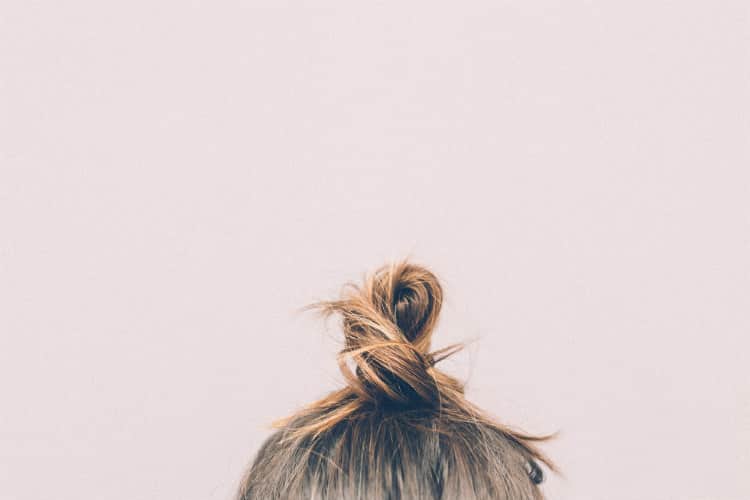Hello Everyone,
I often get questions about scalp changes and hair loss during pregnancy and after childbirth.
In this article:
- Hair loss during pregnancy and after childbirth: possible causes
- Preventative measures to minimise hair loss
Some pregnant women will have hair that becomes vibrant and silky, which makes them happy. Others will find that their hair becomes dull, breakable, oily and less flexible than usual.
The increase in estrogen and the use of vitamin supplements destabilises the scalp and the sebum production cycle. Hair texture can go through many changes (from smooth to curly) or none at all. We know that most of the time, estrogen can give life to hair and promote follicle regeneration.
Additionally, increased metabolism during pregnancy causes changes to the scalp, just like for the rest of a pregnant woman’s body.
The Canadian Dermatology Association states that a normal woman can lose 60-100 strands of hair a day without concern. This phenomenon occurs in the hair follicle. Our hair system includes a follicular orifice where the hair grows. Hair growth goes through three continuous phases:
- Growth phase, where hair grows about 3cm a month. A strand of hair can remain on the scalp 3-6 years before falling out.
- Regression phase, where the hair strand loses life, degenerates.
- Rest phase, where the inactive follicle prepares to start the growth phase (return to phase 1).
The pace of these cycles varies from one strand of hair to another. Some will fall out while others start growing. The imbalance between lost hair and growing hair leads to hair loss. The zones most affected are found on the front and top of the head, near the bangs.
Why can pregnancy and childbirth lead to severe hair loss? Excellent question!
Continue reading with Hair loss during pregnancy and after childbirth: possible causes.


